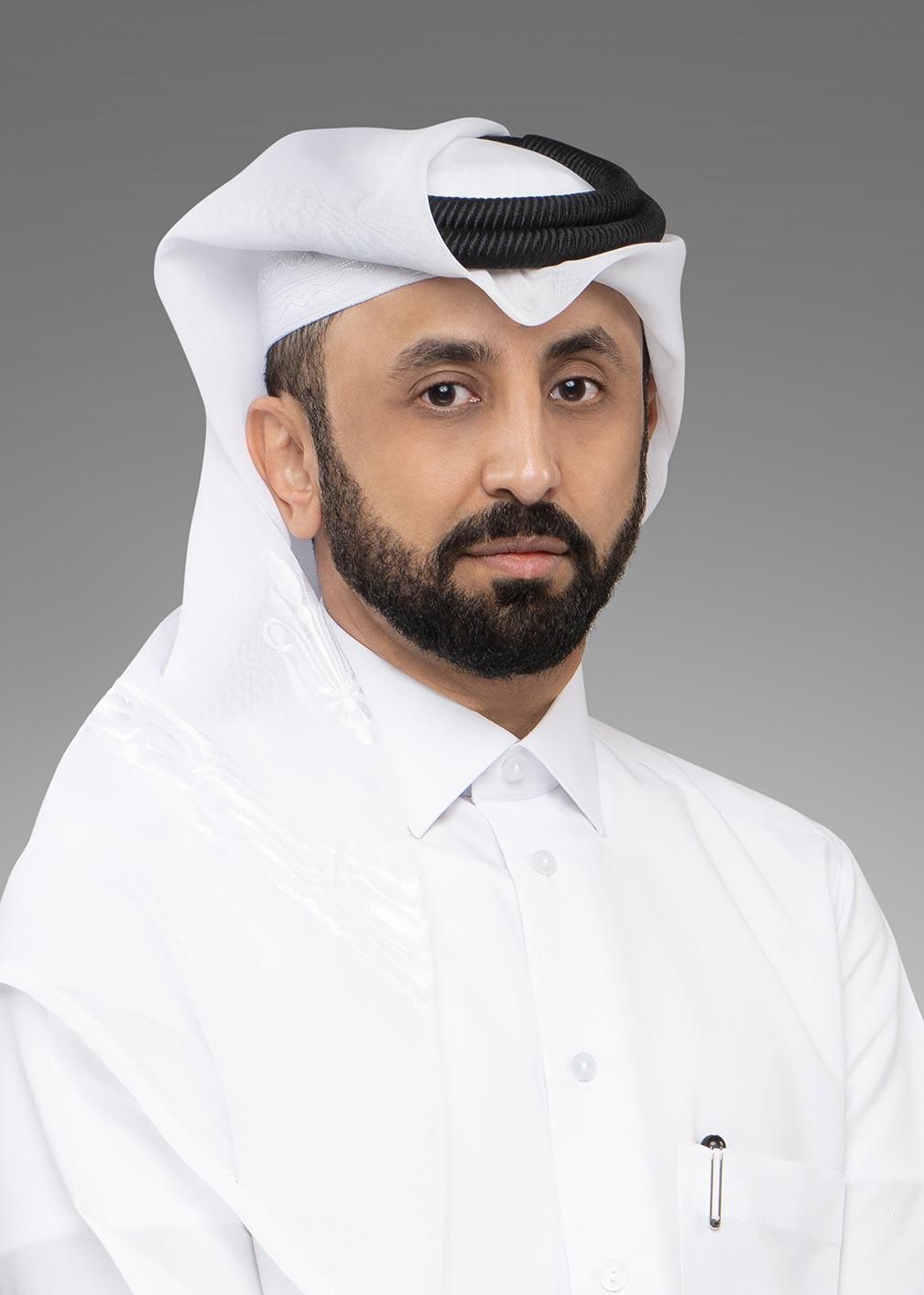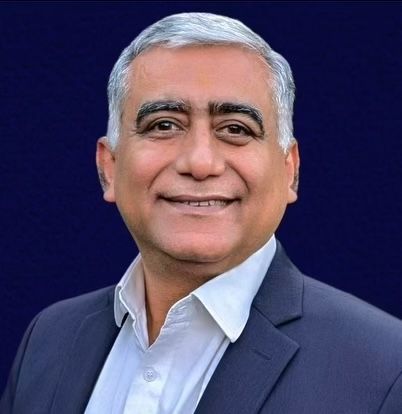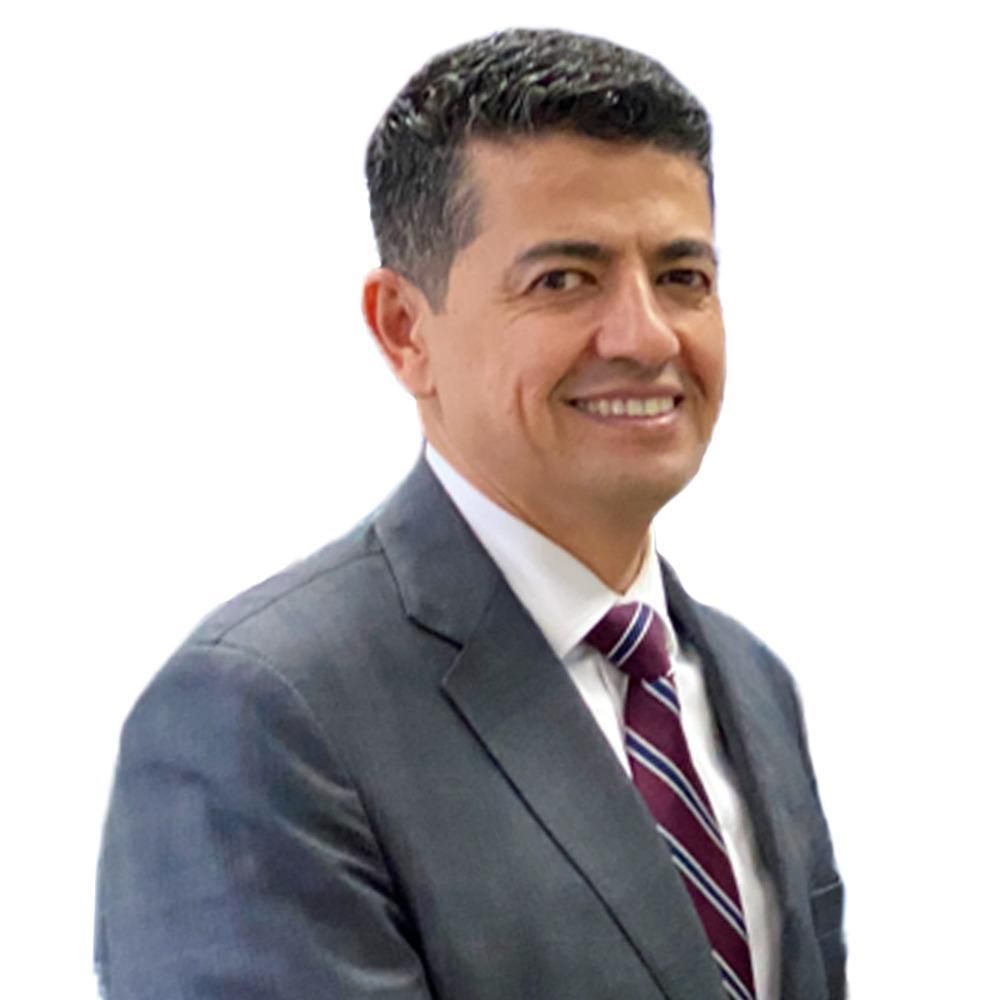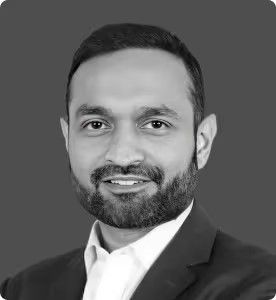An exclusive, half-day, invitation-only workshop designed for senior executives in the digital infrastructure space.
Limited to just 40 participants, the summit ensures an intimate and interactive environment, held under Chatham House Rule to foster open and candid discussion.
Bringing together digital infra CXOs alongside select investors, hyperscalers, and industry VIPs, the summit provides a platform for sharing common challenges, exploring collaboration opportunities, and gaining peer insights that can inform conversations with investors, partners, and customers.
Now in its third year, the Digital Infra Leaders Summit offers C-suite executives a rare opportunity to connect, strategise, and prepare for the busy days ahead.
Agenda
14:00 Scene setting and introductions
14:30 Deep dive 1: Digital Infra for AI
15:40 Refreshment break
16:00 Deep dive 2: Investment & partnership models
16:50 Wrap up and actions
17:00 End of session
If you would like to request an invitation to join, please contact James Netherwood or Fran White: James.Netherwood@capacityglobal.com or fran.white@techoraco.com


)
)
)
)
)
)
)
)
)
)
)
)
)
)
)
)
)
)
)
)
)
)
)
)
)
)
)
)
)

)
)
)
)
)
)
)
)
)
)
)
)
)
)
)
)
)
)
)
)
)
)
)
)
)

)
)
)
)
)
)
)
)
)
)
)
)

)
)
)
)
)
)
)
)
)
)
)
)
)
)
)

)
